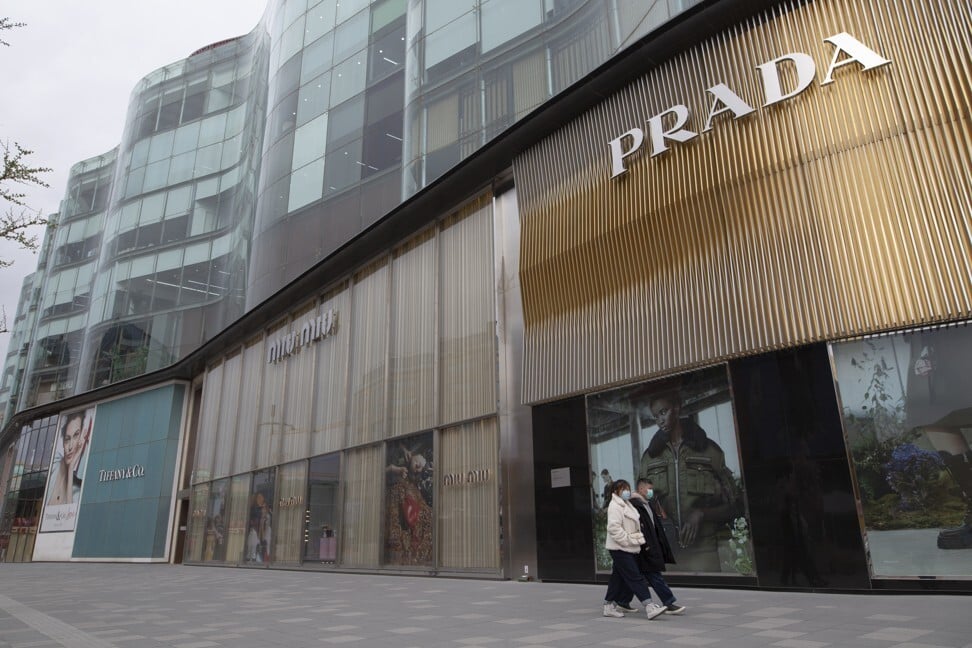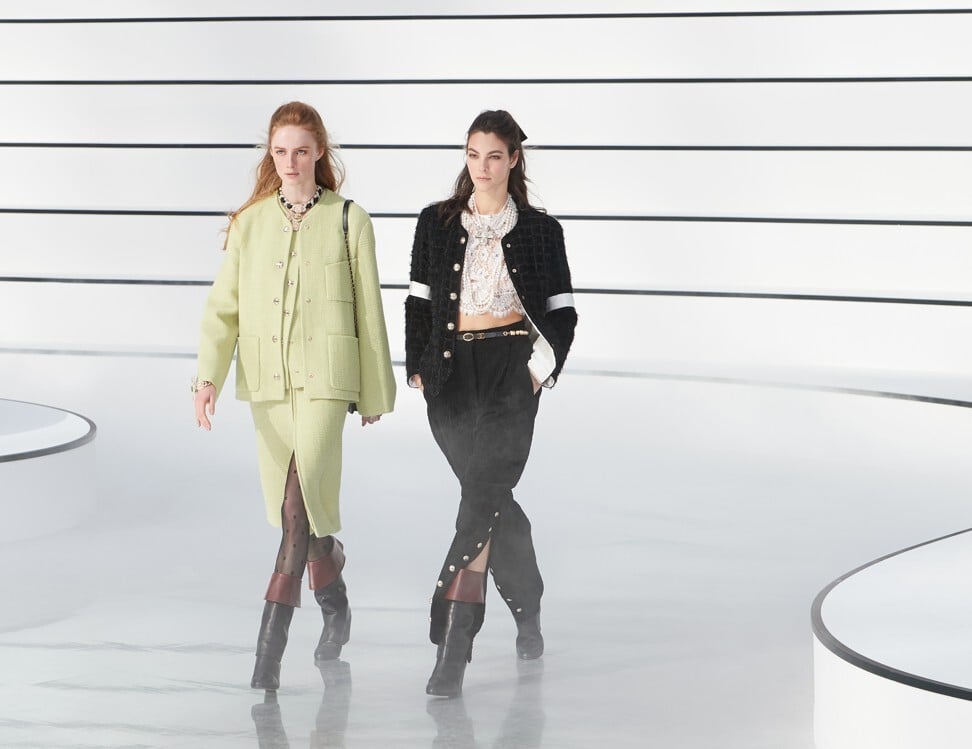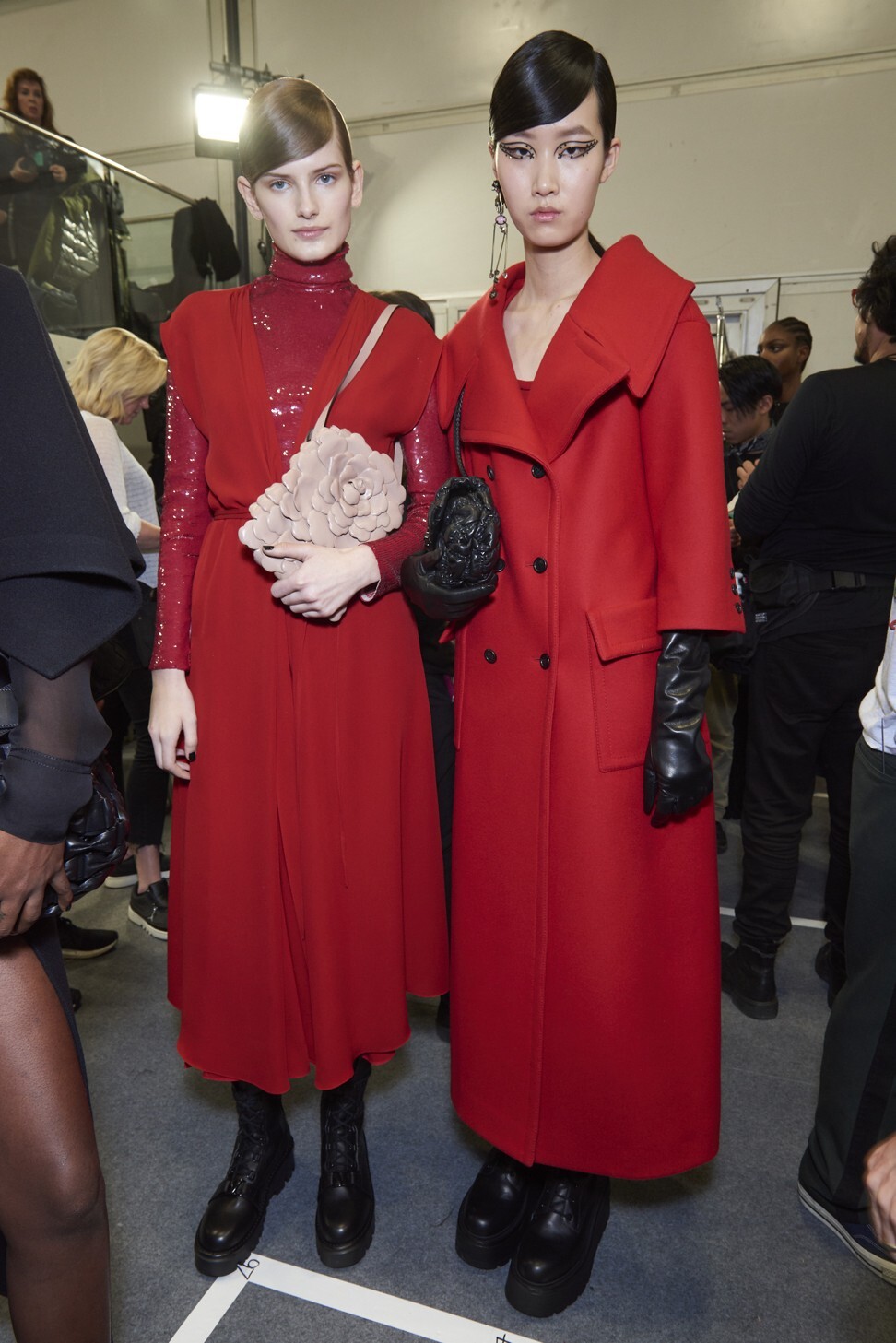
Luxury fashion brands like Chanel and Dior need to evolve. Here’s how it could start
- Luxury brands dealing with the fallout from the coronavirus need to find alternatives to unsustainable business models
- One way is looking to the less trend-driven segment of hard luxury, namely jewellery and watches
The impact of the coronavirus outbreak has been catastrophic for the luxury industry.
Months of store closures, disruptions to supply chains, a dramatic plunge in traveller numbers and a series of lay-offs have ended a decade of growth and optimism for luxury groups such as LVMH, Kering and Richemont.
While recovery is on the horizon – industry watchers point to the last quarter of 2020 as the beginning of a turnaround – things will never be the same. That’s why this is a good time to take stock and look at a new way forward for a fashion industry that even before this recent development was in need of a big readjustment.
Thanks to growing middle classes in countries such as China, where millennials have made conspicuous consumption their favourite pastime, the fashion industry has experienced a decade of excess. More collections, more events, more brands, more far-flung cruise shows, more “drops” and more “activations” have been needed to feed this seemingly insatiable beast, regardless of issues such as overproduction and a relentless pace that has taken its toll on industry professionals.

As high-end labels start to plan ahead for a post-coronavirus reality, they might do well to look to a sector close to home: the less trend-driven sector of hard luxury, namely jewellery and watches.
Do luxury labels like Chanel, Dior or Valentino really need to produce a minimum of six womenswear collections a year?
Scarcity of materials, longer timelines for product development and a much higher price point are some of the reasons for the jewellery industry’s less frenetic rhythm, but they are all elements that fashion brands could incorporate into their business models, even at the expense of quick, but short-term, growth.
The purchase of a jewel, whether you’re buying a wedding ring or a gift for a loved one or yourself, is often associated with intimate moments. That’s how high-end fashion brands should start approaching their relationships with their clients, by making every purchase count and feel special.
Acquiring new customers is important, but so is cultivating existing ones and building loyal followings, instead of being all things to all people and looking for the low-hanging fruit.


A reassessment of how things used to be done is long overdue and will not happen without some pain, but those who evolve will eventually reap the benefits and grow stronger.
Less volume, higher margins: this should be the mantra of fashion companies that want to call themselves luxury labels.
Looking at the way watch and jewellery houses operate could be a good start for those who are serious about changing their practices for a more sustainable and responsible decade.

